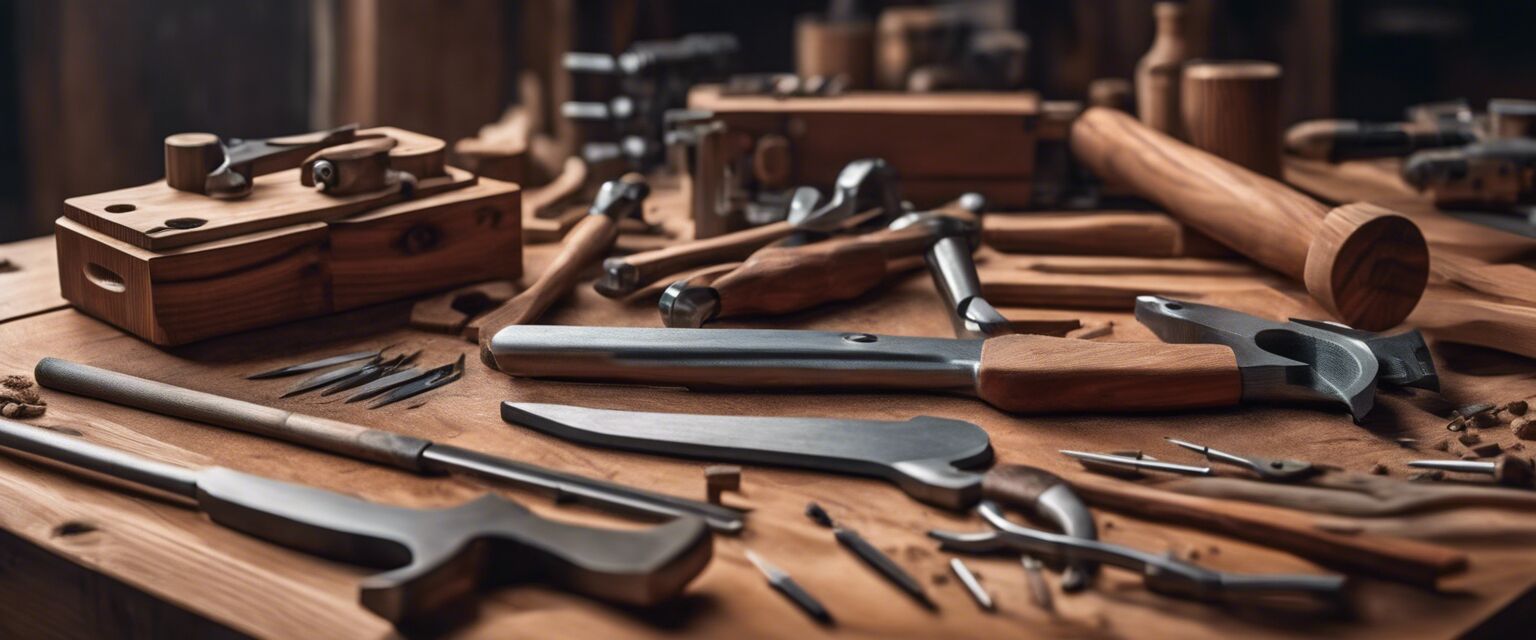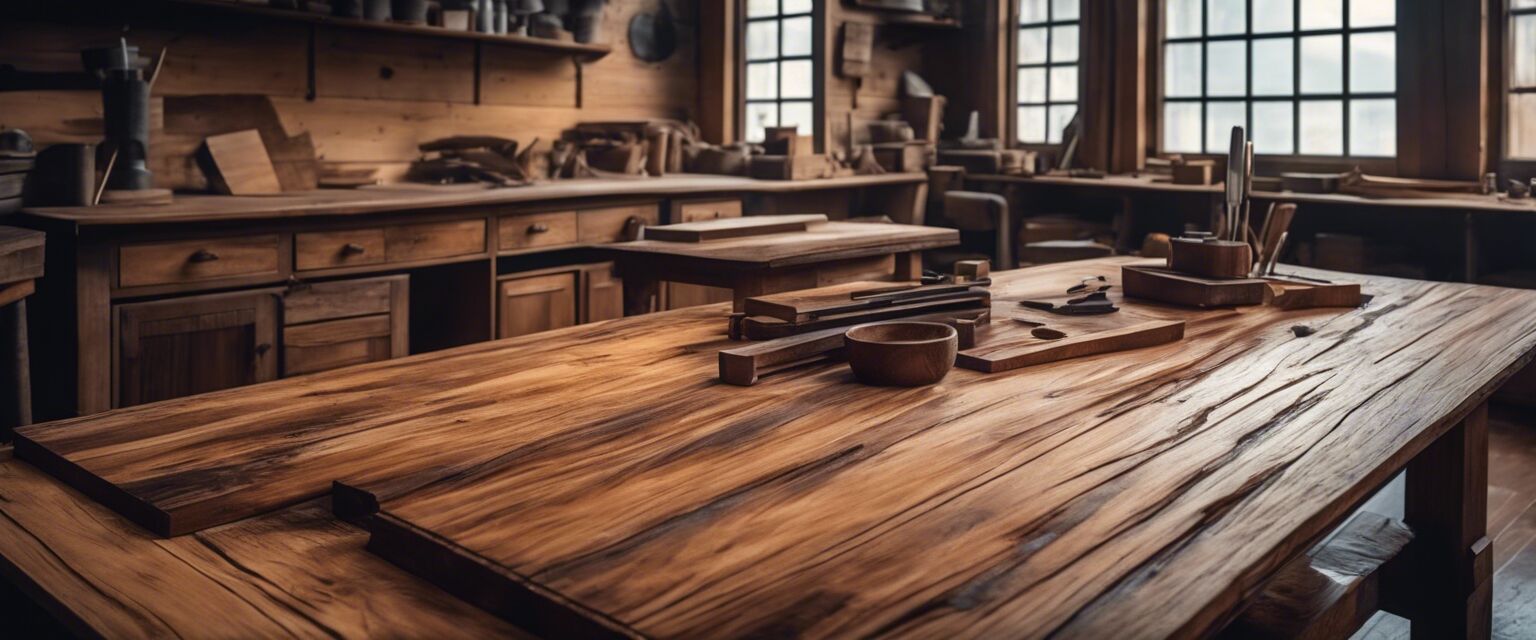
Woodworking Tool Maintenance
Key Takeaways
- Regular maintenance ensures longevity and efficiency of tools.
- Proper cleaning and storage are essential steps.
- Sharpening techniques vary for different tools.
- Investing in quality tools pays off in the long run.
- Knowledge of materials and finishes enhances care routines.
Taking care of your woodworking tools is crucial for maintaining their performance and extending their lifespan. Whether youâre a beginner or a seasoned woodworker, understanding how to maintain your tools can save you time and money. In this guide, we will cover essential tips and techniques for keeping your woodworking tools in prime condition.
Why Tool Maintenance is Important
Tools are the backbone of any woodworking project. Proper maintenance not only enhances performance but also ensures safety. Dull or damaged tools can lead to poor results and increase the risk of accidents. Regular maintenance is the key to achieving high-quality finishes and precise cuts.
Essential Maintenance Tips
1. Cleaning Your Tools
Cleaning your tools after each use is a simple yet effective way to maintain them. Here are some steps to follow:
- Use a soft brush to remove sawdust and debris.
- Wipe metal parts with a rag soaked in mineral spirits.
- For stubborn residues, use a scraper or a specialized cleaner.
2. Sharpening Blades and Bits
Sharp tools are safer and more efficient. Hereâs how to sharpen different types of tools:
| Tool Type | Sharpening Method |
|---|---|
| Chisels | Use a whetstone at a 25-degree angle. |
| Saw blades | Utilize a file to touch up teeth. |
| Drill bits | Grind edges on a sharpening machine. |
3. Lubricating Moving Parts
Lubrication reduces friction and wear. Hereâs how to do it:
- Apply a few drops of oil to pivot points.
- Use grease for larger moving parts.
- Wipe off excess oil to prevent dust accumulation.
4. Proper Storage Techniques
Storing tools properly can prevent damage and rust:
- Keep tools in a dry, cool place.
- Use toolboxes or pegboards for organization.
- Cover tools with a cloth or store in cases to prevent scratches.
Understanding Different Materials
Different woodworking tools are made of various materials, which influence their care:
| Material | Care Instructions |
|---|---|
| High-carbon steel | Regularly oil to prevent rust. |
| Stainless steel | Clean with mild soap and water. |
| Aluminum | Avoid abrasive cleaners to prevent scratches. |
Common Mistakes to Avoid
Here are some common mistakes to avoid when maintaining your tools:
- Neglecting regular cleaning.
- Using excessive force while sharpening.
- Storing tools in humid environments.
Conclusion
Maintaining your woodworking tools is essential for achieving great results and ensuring their longevity. By following these tips and understanding the specific needs of your tools, you can create a thriving woodworking environment.
Tips for Beginners
- Start with basic maintenance tools like oil and a cleaning cloth.
- Invest in a sharpening kit for chisels and blades.
- Keep a checklist of your tools and their maintenance schedules.
Pros
- Increases tool lifespan.
- Improves work efficiency.
- Ensures safety during use.
- Enhances quality of finished projects.
Cons
- Requires time and effort.
- May need specialized tools for maintenance.
- Potential learning curve for beginners.
Related Resources
Explore more about woodworking tools and maintenance:
- Best woodworking tools
- Essential woodworking accessories
- Woodworking kits and plans
- Finishing products for woodworking
- Safety gear for woodworking















